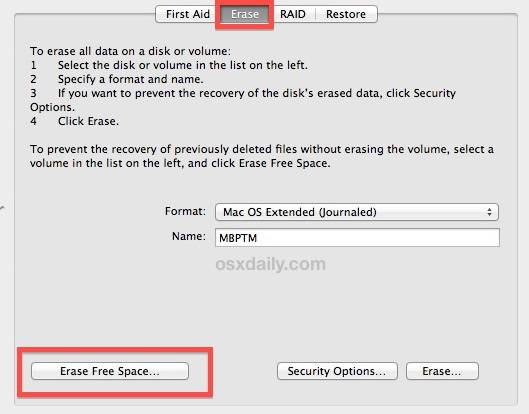
You will then be given a menu where various file systems will be present to offer you a choice. Select Erase on the top and click Format.
 Select the desired drive from the left side of the Disk Utility window and click on it. When you are done with copying your data from the external drive to your Mac, go to Applications then click Utilities and then launch Disk Utility. After that, open a Finder window and click on the drive you want to format and copy any sensitive data if there is any. If you have a newer version of MacBook or MacBook Pro then you would need to use a USB-C to USB-A adapters since the recent one only has USB-C ports. The first step is to connect the hard drive or USB key to the Mac. Steps for Hard Drive or USB Flash Drive Formatting Before you proceed, make sure you make a copy or a backup of the data present on the drives as it will be deleted when the format process takes place. The procedure we will be telling you can be used for storage medium of all drive types, whether they are USB, external Hard Drives or Flash drives. There are file systems however that allow for communications for both Mac and Windows but you would have to format them first.
Select the desired drive from the left side of the Disk Utility window and click on it. When you are done with copying your data from the external drive to your Mac, go to Applications then click Utilities and then launch Disk Utility. After that, open a Finder window and click on the drive you want to format and copy any sensitive data if there is any. If you have a newer version of MacBook or MacBook Pro then you would need to use a USB-C to USB-A adapters since the recent one only has USB-C ports. The first step is to connect the hard drive or USB key to the Mac. Steps for Hard Drive or USB Flash Drive Formatting Before you proceed, make sure you make a copy or a backup of the data present on the drives as it will be deleted when the format process takes place. The procedure we will be telling you can be used for storage medium of all drive types, whether they are USB, external Hard Drives or Flash drives. There are file systems however that allow for communications for both Mac and Windows but you would have to format them first. While the Mac OS can read the data present on the storage medium, it can’t write to it.

The problem at hand is that the portable storage media, such as a USB flash drive or an External hard drive can’t be used on both OS because they use different file systems.

We are also no strangers to the fact that this is an era of portability and versatility of data.







 0 kommentar(er)
0 kommentar(er)
